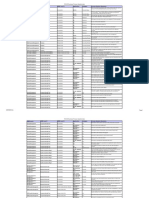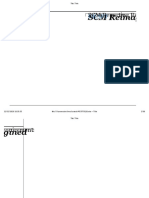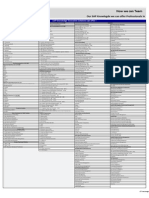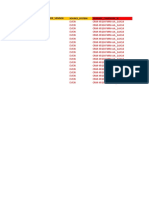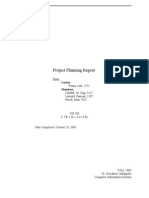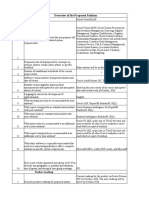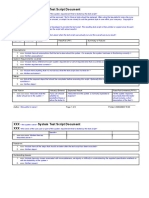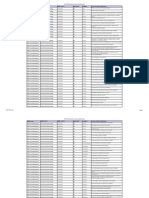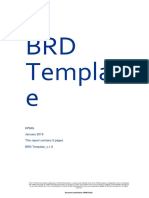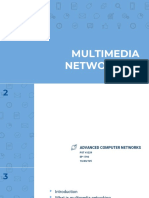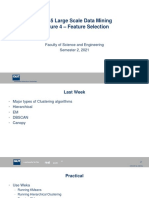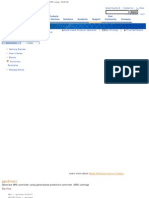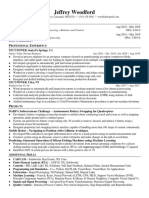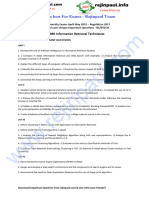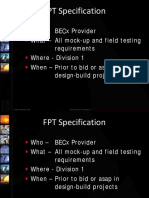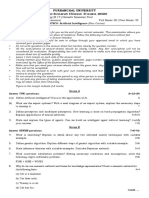0% found this document useful (0 votes)
147 views5 pagesNeed of User Acceptance Testing:: Software
User acceptance testing (UAT) is the final stage of software testing performed by the client to validate that business requirements have been met. UAT occurs in a production-like environment and focuses on end-to-end business processes rather than individual features. It is important for UAT to occur because developers may not fully understand requirements and requirements may change, so client testing is needed to ensure needs are met before software is released.
Uploaded by
rinaCopyright
© © All Rights Reserved
We take content rights seriously. If you suspect this is your content, claim it here.
Available Formats
Download as DOCX, PDF, TXT or read online on Scribd
0% found this document useful (0 votes)
147 views5 pagesNeed of User Acceptance Testing:: Software
User acceptance testing (UAT) is the final stage of software testing performed by the client to validate that business requirements have been met. UAT occurs in a production-like environment and focuses on end-to-end business processes rather than individual features. It is important for UAT to occur because developers may not fully understand requirements and requirements may change, so client testing is needed to ensure needs are met before software is released.
Uploaded by
rinaCopyright
© © All Rights Reserved
We take content rights seriously. If you suspect this is your content, claim it here.
Available Formats
Download as DOCX, PDF, TXT or read online on Scribd
/ 5




